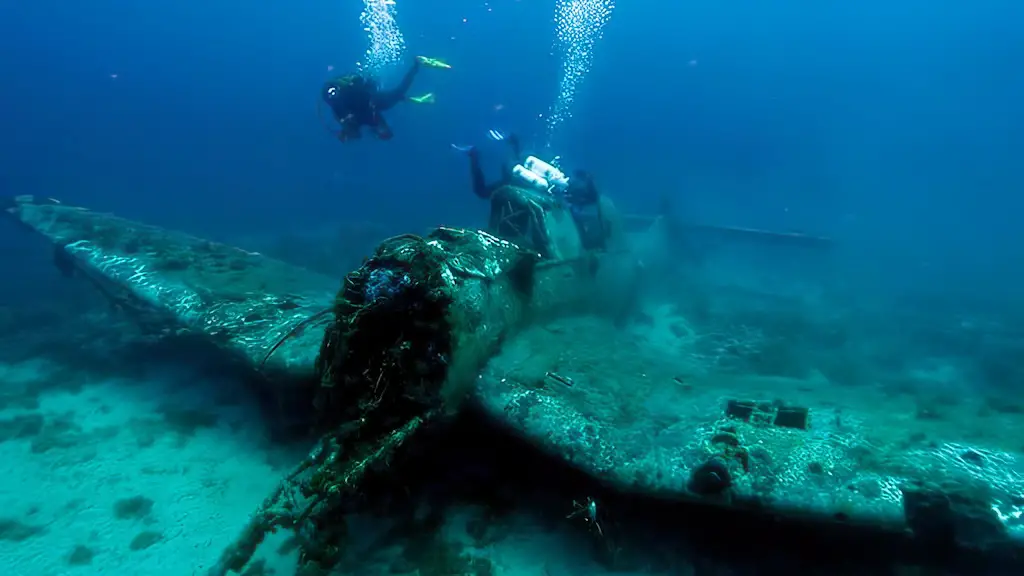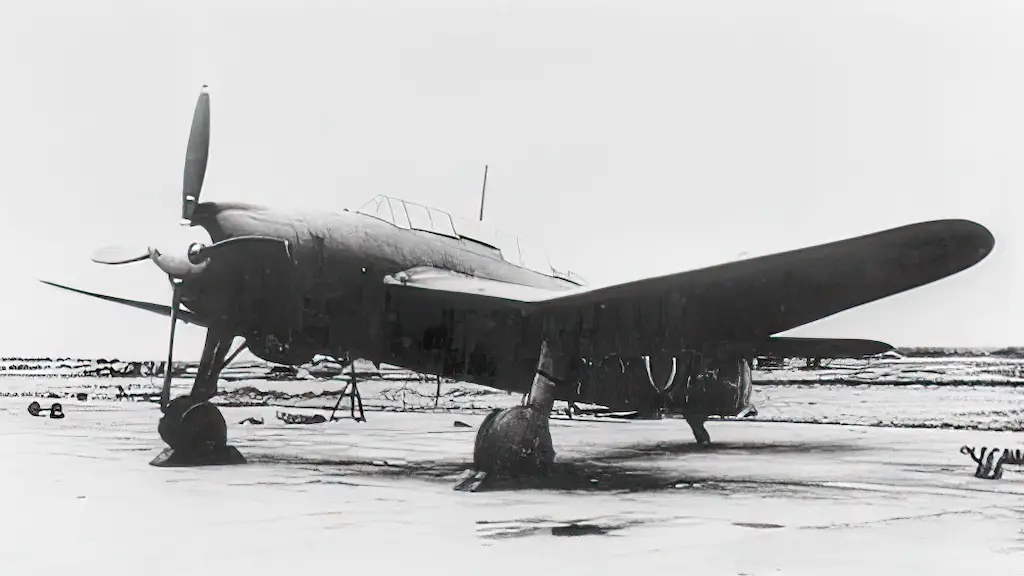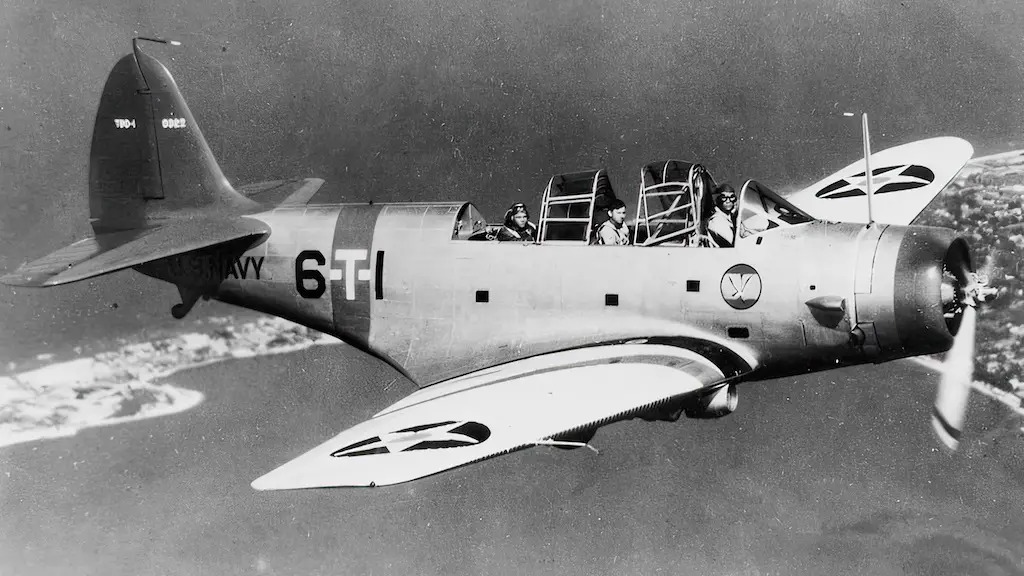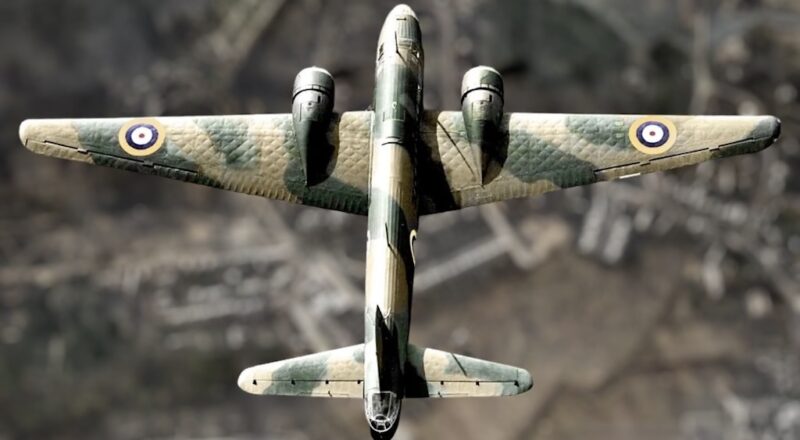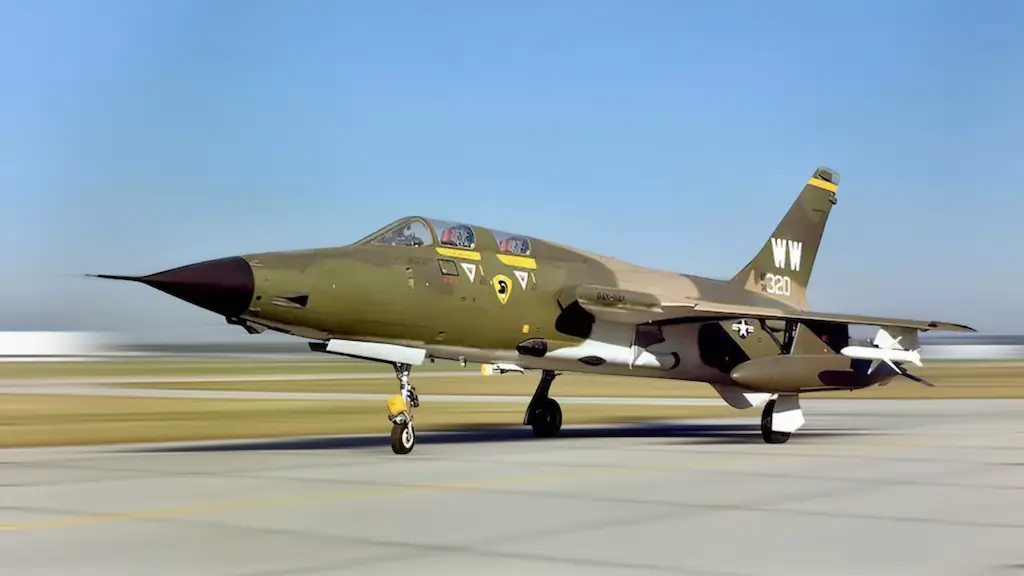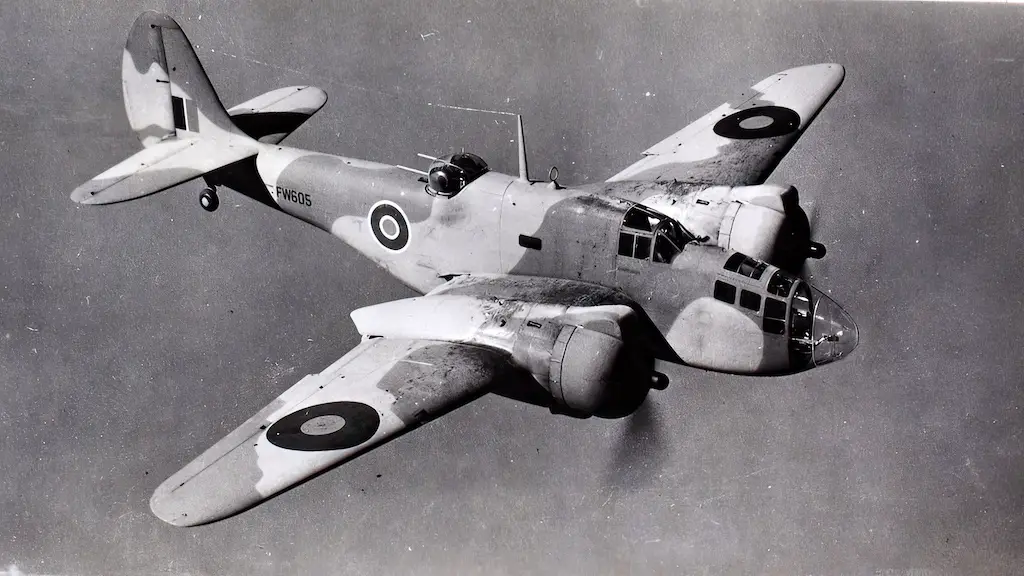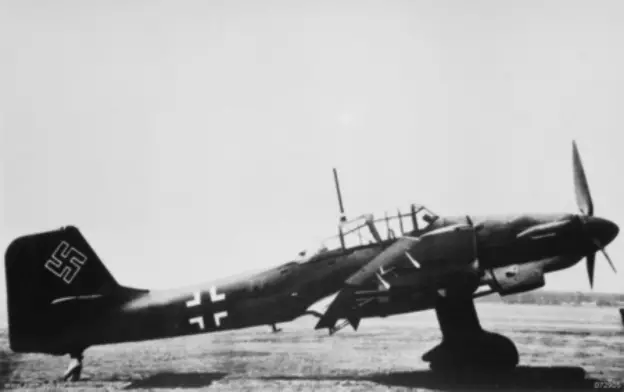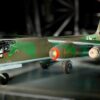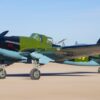A Fisherman’s Tale
In a poetic twist of fate, a diver’s descent into the depths mirrored the aerial dive of a WWII bomber he was about to uncover. In an ironic turn, what was meant to be a simple dive for fish transformed into an extraordinary discovery of a dive bomber – a Ju-87 Stuka, lying quietly in the shallow waters. This remarkable find is a stunning confluence of two very different kinds of diving – one for sport, the other for warfare – coming together in a single, unexpected moment.
In the spring of 1941, Germany’s expansion was at its peak. The Luftwaffe, with its formidable Ju-87 Stuka bombers, played a crucial role in their military victories. These bombers, synonymous with the fearsome Jericho trumpets, were a symbol of German aerial dominance. The focus then turned to Yugoslavia, with Germany aligning with Italy for a strategic assault.
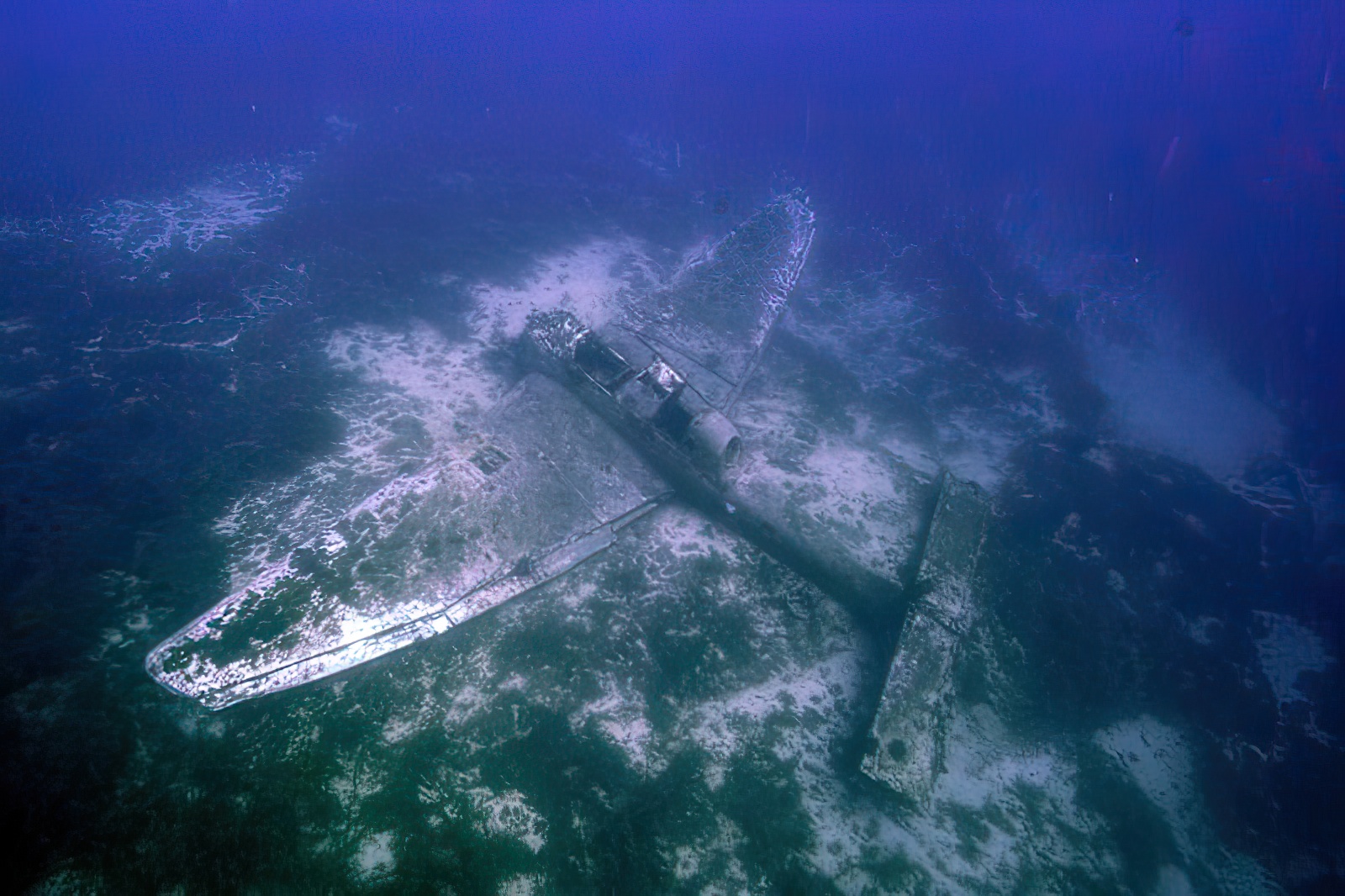
The Fateful Mission
On April 12th, 1941, three Ju-87 Stukas from the Italian Royal Air Force’s 239 Squadron embarked on a mission against Yugoslav targets. Despite their initial success, they faced fierce anti-aircraft fire. One bomber was immediately hit, spiraling down to its doom. The squadron leader, amidst the chaos, managed to return, but without the third Stuka. In the fog of war, the fate of the missing bomber remained a mystery for decades.
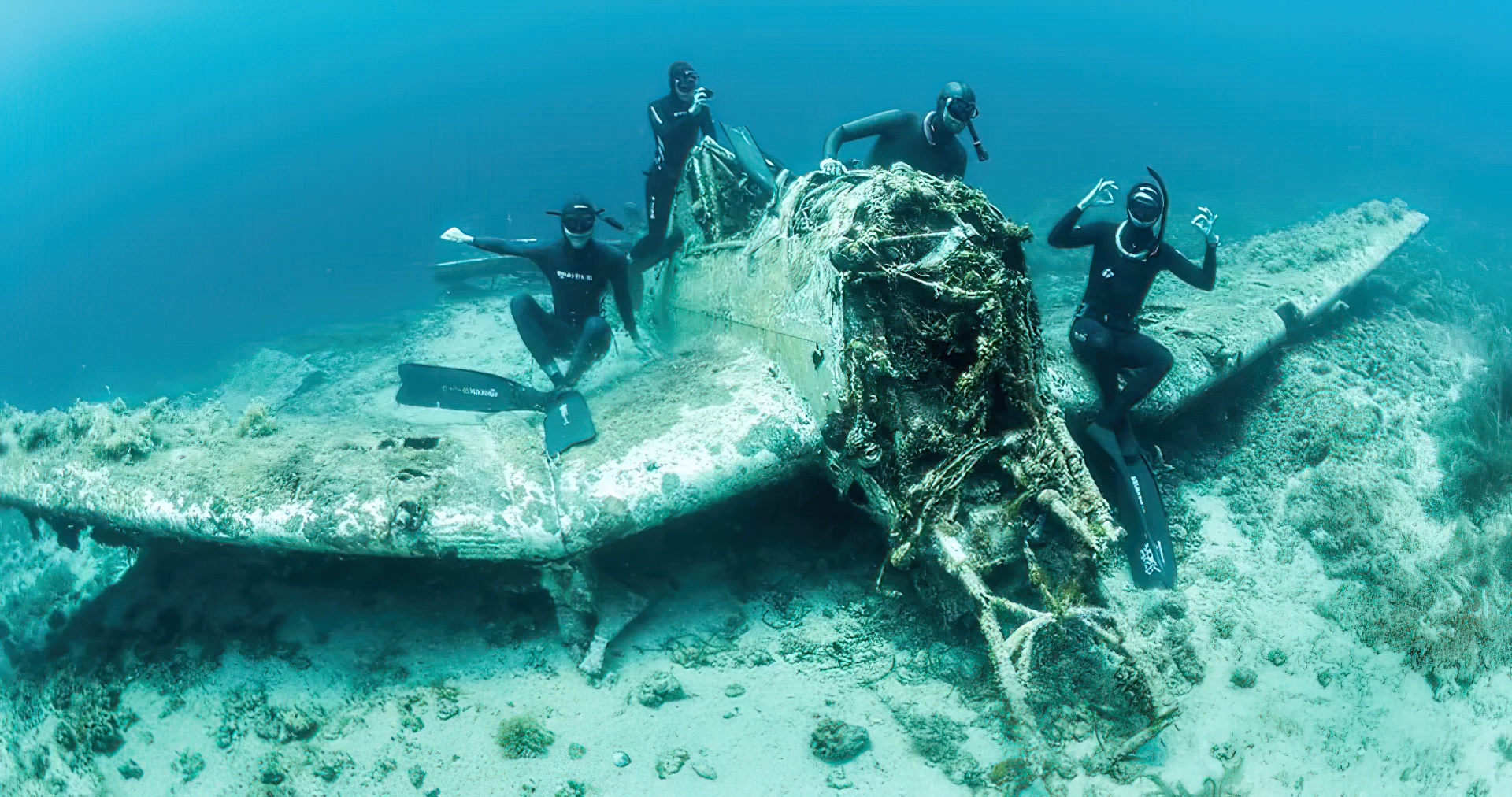
A Leap Through Time
Fast forward to 2014, off the coast of Žirje Island in Croatia. During a harpoon fishing competition, a diver stumbled upon the almost intact Ju-87 Stuka, lying on the ocean floor. Aviation historians confirmed that this was the missing aircraft from the 1941 mission. Remarkably, despite being hit, the pilot had managed to steer the plane away from the battle, performing a risky water landing near the island’s coast.
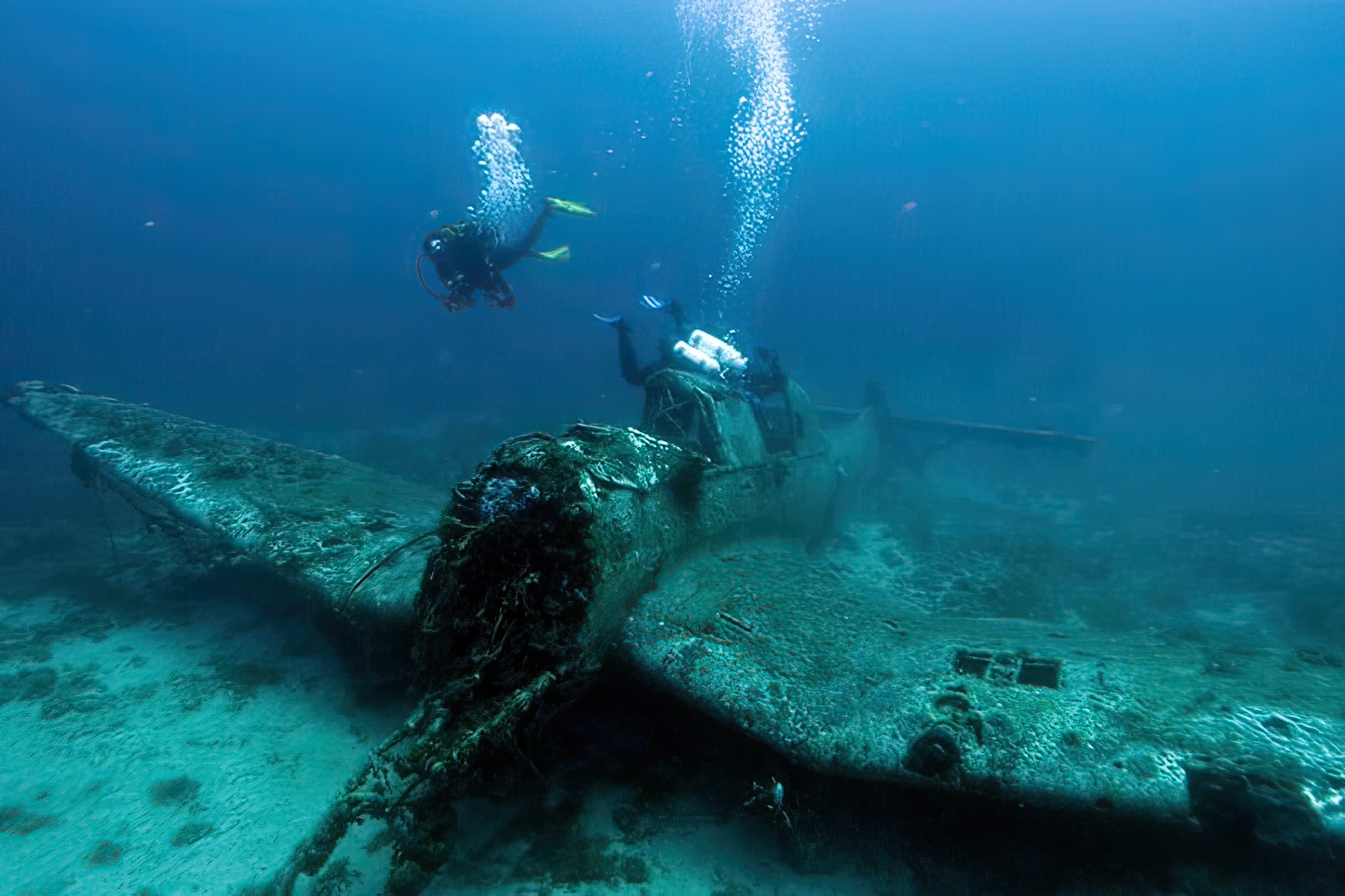
A Water Landing Against Odds
The survival of the crew and the relatively intact state of the bomber were extraordinary, given the Stuka’s fixed landing gear design. The pilot’s skill in executing such a landing, ensuring both crew members’ safety, is a testament to their training and resilience. However, the plane’s engine, separated from the fuselage, indicated the harshness of the landing.
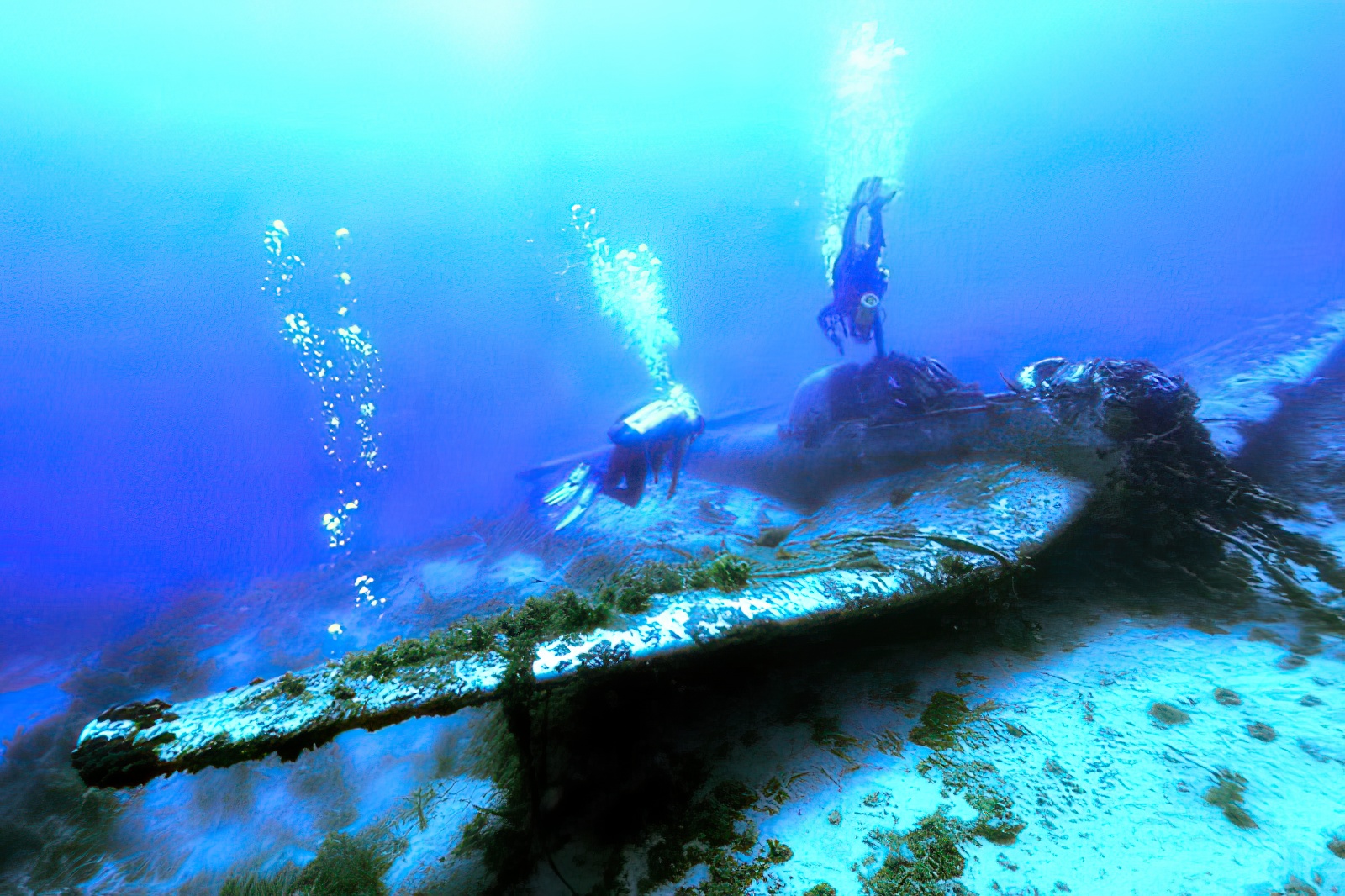
The Aftermath
Following the discovery, the bomber became a spectacle, attracting attention far and wide. However, this led to illegal scavenging, prompting authorities to ban diving at the site. Despite these challenges, the site was later reopened under strict regulations to prevent further theft and damage. This wreck, being one of the few intact Stukas worldwide, holds immense historical value.

